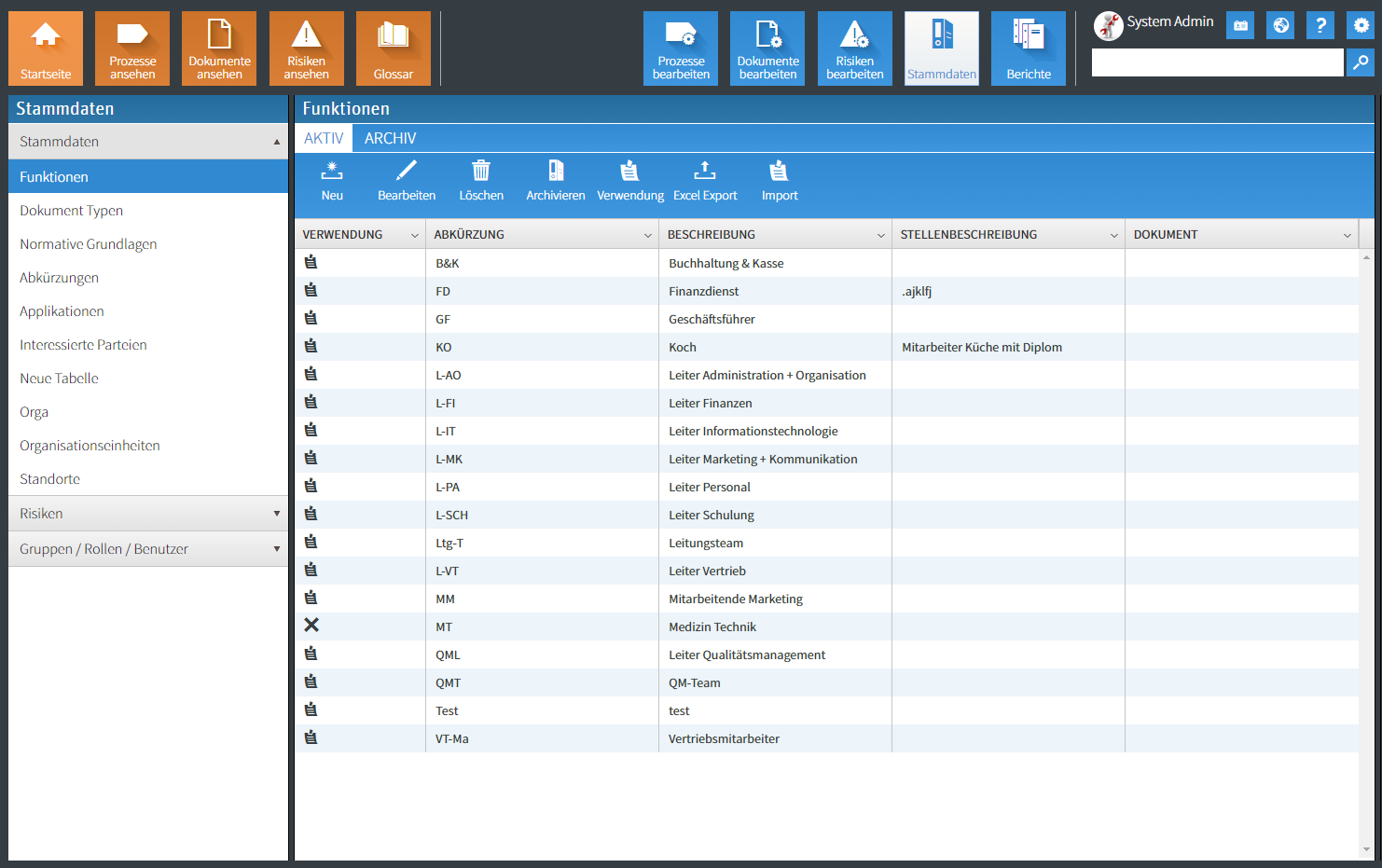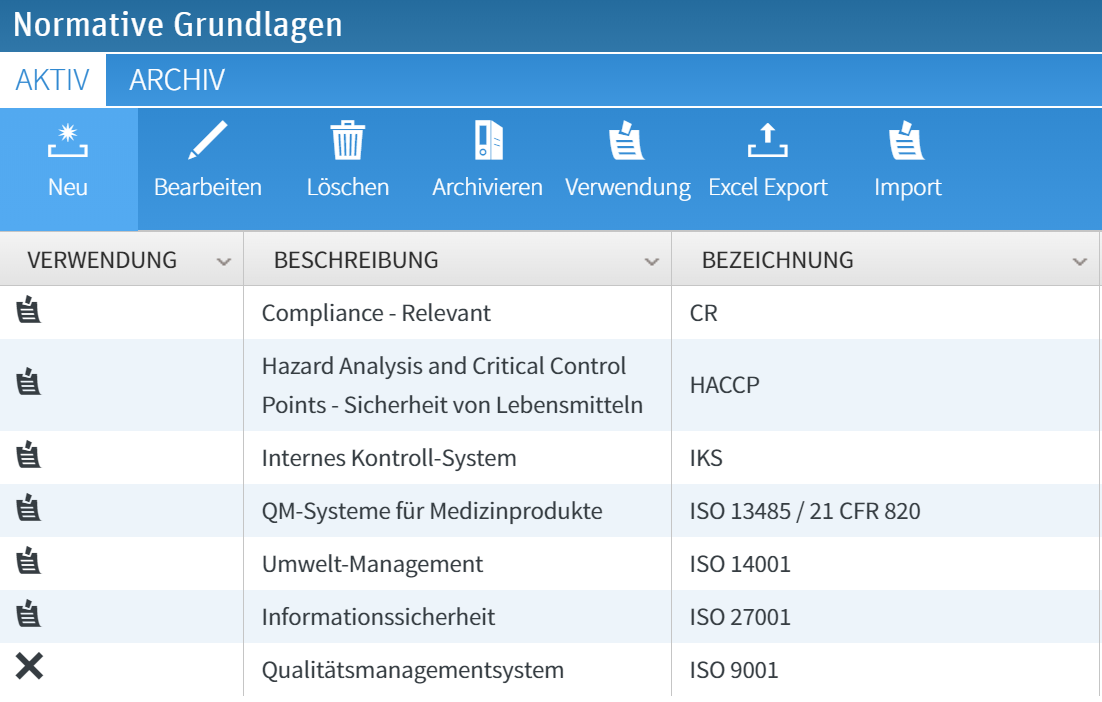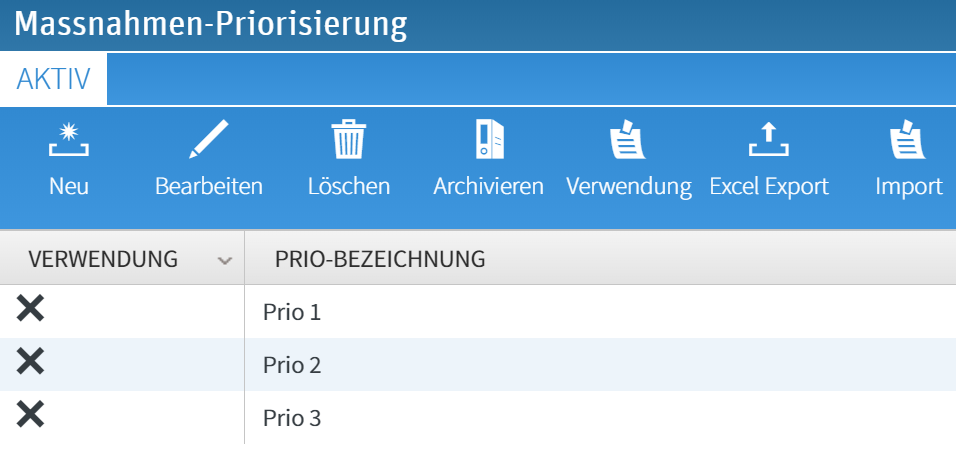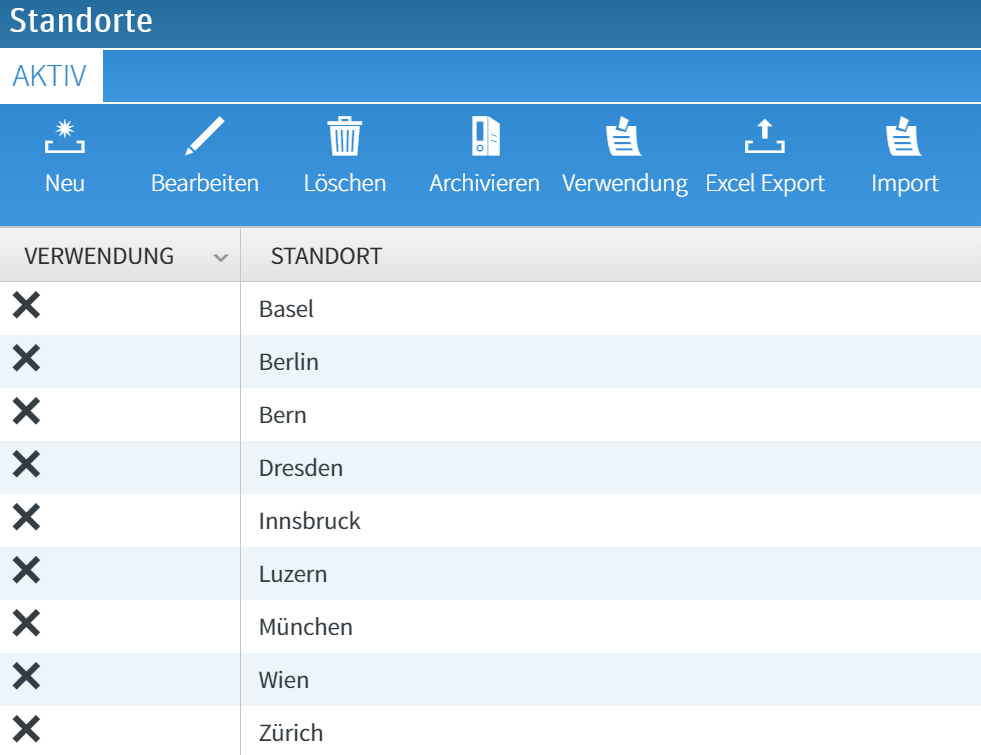Criteria and tips for better data quality
Data quality in the management system
In times of digitalization, data is becoming more and more important. But more data does not mean added value if the quality of the available data is not high enough. The following article explains which criteria have to be considered, what influence they have and how this can be implemented in the QM Pilot.
Data quality criteria and deficiencies
Criteria for a high good data quality can be the following:
- Completeness
- Unambiguity
- Correctness
- Actuality
- Accuracy
- Uniformity
- Comprehensibility
- Non-redundancy
These do not have to/can not always be considered all at the same time but are applied according to the sense and purpose of the data. For example, it can happen that certain data fields for processes are optional and do not have to be filled in completely for every process.
Possible deficiencies in data quality may be
- empty data fields
- mixed formattings (01.01.2020 oder 01/01/2020)
- different spellings and abbreviations: no defined standards for data collection
- typo or spelling mistakes
- wrong values (m/w/d instead f is entered for female (woman))
Example:
| Nr. | Responsibility | Standard | risk-relevant | Classification | Location |
| 1 | CEO | ISO9001 | 1 | Prio 1 | BS |
| 2 | Managing Director | ISO9001:2015 QM-Standard | yes | serious | Basel |
Consequence: deficiencies in data collection can lead to a lack of uniform presentation, the entry of incorrect values and the inability to compare or analyse data.
Possibilities in the QM-Pilot to improve the data quality
In order to keep the data quality as high as possible, basic data should be entered in master data tables and this content should be made available in selection lists instead of free text fields. Checkboxes for a simple yes/no decision can also be created instead of selection lists.
For the example above, the following data could be entered in master data tables:
Responsibilities:
Standards
Classification
Location
Data input from master data tables
In the fields, which access the master data tables as selection lists, all recorded contents (here Normative Basics/Standards) are now available for selection. This prevents spelling mistakes, abbreviations or other designations and deviations:

Other field types
Checkbox
The indication of whether the data set is risk-relevant could be resolved via a checkbox:
Date field
The specified date format prevents different formats:
Number field
The number field ensures that only numbers and no letters can be entered here for data entry:
Conclusion: As much data as possible should be made available via master data tables and selection lists. The more specifications they are, the fewer errors in data entry can occur.
In addition, it facilitates data acquisition, as not everything has to be typed in manually, and improves the evaluation possibilities and comparability of data.








 ist ein Produkt der
ist ein Produkt der 